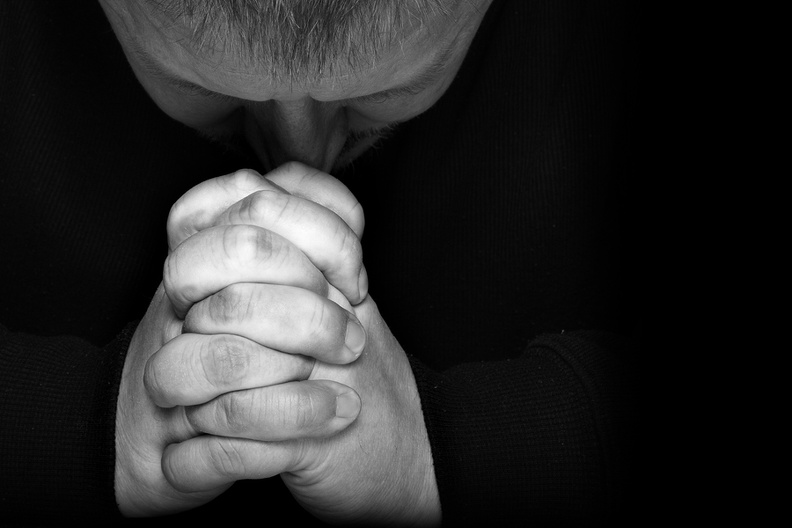Corpus Christi Blog

Ember Days
11-24-2019Weekly ReflectionPhilip KosloskiThe following excerpts are from an article on Aleteia.org written by Philip Kosloski on Mar 8, 2017: Do Catholics still celebrate Ember Days? And what ARE Ember Days?
“These special days of fasting were established very early on in the Church and are observed at the beginning of each season.”
“In the Western (Latin) Catholic Church there is an ancient liturgical tradition that revolves around the changing of the four seasons and consists of 3 days set apart for fasting and prayer. In Latin these days are referred to as Jejunia quatuor tempora (the fast of the four seasons), while in English they became known as “Ember Days” (from a corruption of the Latin word tempora). These special days of fasting were established very early on in the Church and consist of a Wednesday, Friday, and Saturday at the beginning of each season (Spring, Summer, Fall, and Winter).”
“According to the Catholic Encyclopedia, Ember Days were established ‘to thank God for the gifts of nature, to teach men to make use of them in moderation, and to assist the needy.’ Historically, ancient cultures were bound to the land and members of pagan religions would invoke their gods for protection over their crops. This was the case in Rome and so when the early Christians began converting pagans, they decided to sanctify these agricultural rituals to turn their hearts to the one true God.
Fasting four times a year was also a tradition adopted from the Old Testament.
Thus says the Lord of hosts: The fast of the fourth month, and the fast of the fifth, and the fast of the seventh, and the fast of the tenth, shall be to the house of Judah seasons of joy and gladness, and cheerful feasts; therefore love truth and peace (Zechariah 8:19).”
“Up until Vatican II Catholics were asked to mark these days with fasting and abstinence similar to that of Ash Wednesday and Good Friday (one primary meal and two lesser meals while abstaining from meat completely on Ember Friday and partially on Ember Wednesday and Saturday). However, the Sacred Congregation of Divine Worship came out with General Norms for the Liturgical Year and the Calendar in 1969 and gave local bishops the authority to adapt this custom to their region.
On rogation and ember days the practice of the Church is to offer prayers to the Lord for the needs of all people, especially for the productivity of the earth and for human labor, and to give him public thanks. In order to adapt the rogation and ember days to various regions… the conferences of bishops should arrange the time and plan for their celebration.
The USCCB decided to revise the celebration and removed the obligation to fast as well as their place on the calendar.
Vigils and Ember Days, as most now know, no longer oblige to fast and abstinence. However, the liturgical renewal and the deeper appreciation of the joy of the holy days of the Christian year will, we hope, result in a renewed appreciation as to why our forefathers spoke of “a fast before a feast.” We impose no fast before any feast-day, but we suggest that the devout will find greater Christian joy in the feasts of the liturgical calendar if they freely bind themselves, for their own motives and in their own spirit of piety, to prepare for each Church festival by a day of particular self-denial, penitential prayer and fasting.
In the General Calendar Ember Days no longer have an official place within the liturgy, while in the Extraordinary Form of the Roman Rite as well as the Anglican Ordinariate, they are preserved and continue to be celebrated. Priests are still allowed to offer a Mass for ‘Various Needs and Occasions’ and within the Roman Missal there are specific Masses for ‘At Seedtime,’ ‘For Sanctification of Human Labor,’ ‘After the Harvest,’ and For Fine Weather.’
Treasures from Our Tradition
James Field, Copyright © J. S. Paluch Co.
This week might be a good time to stock our spiritual cupboard along with our kitchen cupboard in preparation for our celebration of Thanksgiving. Before there was a Thanksgiving Day, even before there were Pilgrims, the Roman Catholic Church celebrated Ember Days (“change-of-season days”) as periods of thanksgiving for seasonal harvests. This means it is a customary Catholic way to give thanks to God through prayer, fasting, and almsgiving. In the 1969 reformed calendar it was left up to the national conferences of bishops to set dates for Ember Days. (The ones on the old calendar fit a Mediterranean climate, and on the new calendar it was imagined that each nation knew best when to schedule such seasonally oriented days.)
The United States bishops have not yet resurrected Ember Days, Rogations Days, and other national days of prayer. However, tucked within Catholic Household Blessings and Prayers (a book published by the U. S. bishops) is a chapter on Ember Days that proposes, among others, the three days before Thanksgiving as days of prayer, charity, and fasting. Why wait for an official proclamation? Why not undertake to observe those three days in that way in your parish, or even in your family? What could be more natural at this time of year?
Thanksgiving Day Prayer
Lord, we thank you for the goodness of our people and for the spirit of justice that fills this nation.
We thank you for the beauty and fullness of the land and the challenge of the cities.
We thank you for our work and our rest, for one another, and for our homes.
We thank you, Lord: accept our thanksgiving on this day.
We pray and give thanks through Jesus Christ our Lord. Amen.